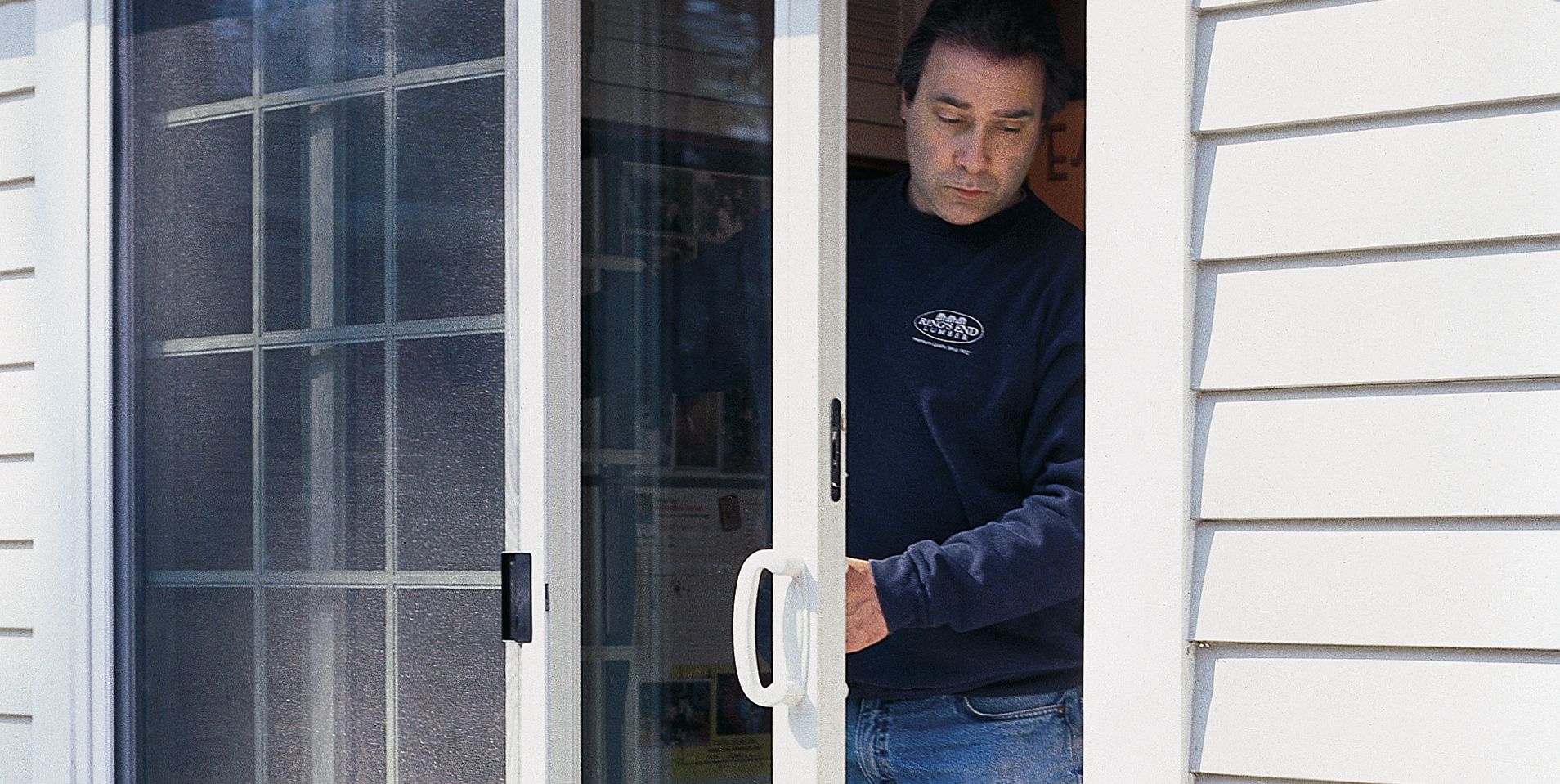Project details
Skill
Cost
Estimated Time
Sliding patio doors are a popular feature in homes, providing access to outdoor spaces and allowing natural light to come in. However, these doors can develop issues that affect their functionality and appearance. Whether your door is sticking, misaligned, or not sliding as smoothly as it used to, our guide will walk you through the steps to repair and restore your door.
With basic tools, you can tackle most sliding door repairs yourself, saving time and money on professional services. From cleaning tracks to replacing rollers, we’ll cover everything you need to know to get your sliding door working like new.
Understanding Common Sliding Door Problems
Before starting repairs, you need to identify the issue affecting your sliding door to select the right solution. Here are some of the most frequent problems homeowners face with their sliding doors.
Stuck or Hard-To-Move Doors
If your sliding door is difficult to open or close, the problem often lies with dirty or damaged rollers. Debris accumulation in the track can also cause the door to stick. In many cases, deep cleaning and lubrication can resolve this issue.
Misalignment Issues
Over time, sliding doors can become misaligned due to settling of the house or frequent use. Misalignment can cause the door to rub against the frame or track, making it hard to operate, which can lead to damaging the door or frame.
Damaged Tracks and Rollers
Worn-out rollers or bent tracks can impact your sliding door’s performance. Rollers may need replacement if they’re cracked or no longer rotate smoothly. Tracks can become damaged from debris or improper cleaning methods, requiring repair or replacement.
Tools and Materials for Sliding Door Repair
Before you begin your repair project, gather the following tools and materials:
- Clean rags
- Denatured alcohol
- Drop cloth
- Flathead screwdriver
- Hammer
- Paraffin wax
- Phillips head screwdriver
- Pliers
- Putty knife
- Replacement rollers (if needed)
- Silicone spray lubricant
- Vacuum cleaner
- Weatherstripping (if needed)
- Wood block
Preparing Your Sliding Door for Repair
The first step is to prepare your work area and take the necessary safety precautions. This will make the repair process smoother and safer.
Safety Precautions
Sliding doors are heavy and can be difficult to move. Always work with a partner when removing or reinstalling the door. Wear safety glasses and gloves to protect yourself from debris and potential injuries. Lay a drop cloth on the floor to catch any dirt or small parts that may fall during the repair process.
Removing the Door from Its Track
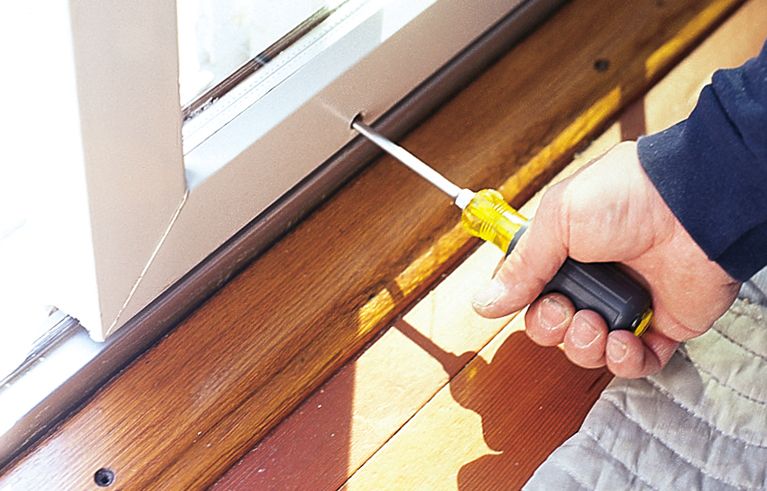
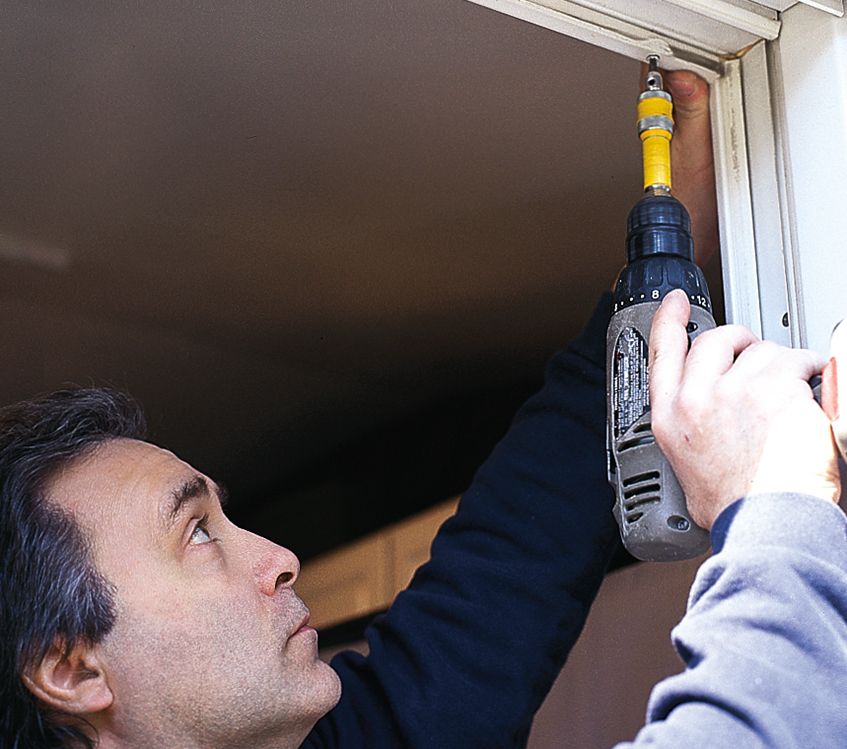
To access the rollers and track for cleaning and repair, you’ll need to remove the sliding door panel. Here’s how:
- Locate the roller adjustment screws at the bottom of the door frame and turn them counterclockwise to retract the rollers fully.
- Remove any head stop at the top of the door frame by unscrewing it.
- Tilt the top of the door panel towards you and lift it off the bottom track.
- Carefully place the door panel on padded sawhorses outside.
Cleaning and Lubricating Door Components
Once the door is removed, you can clean and lubricate the components that have been affecting its smooth operation.
Cleaning the Tracks
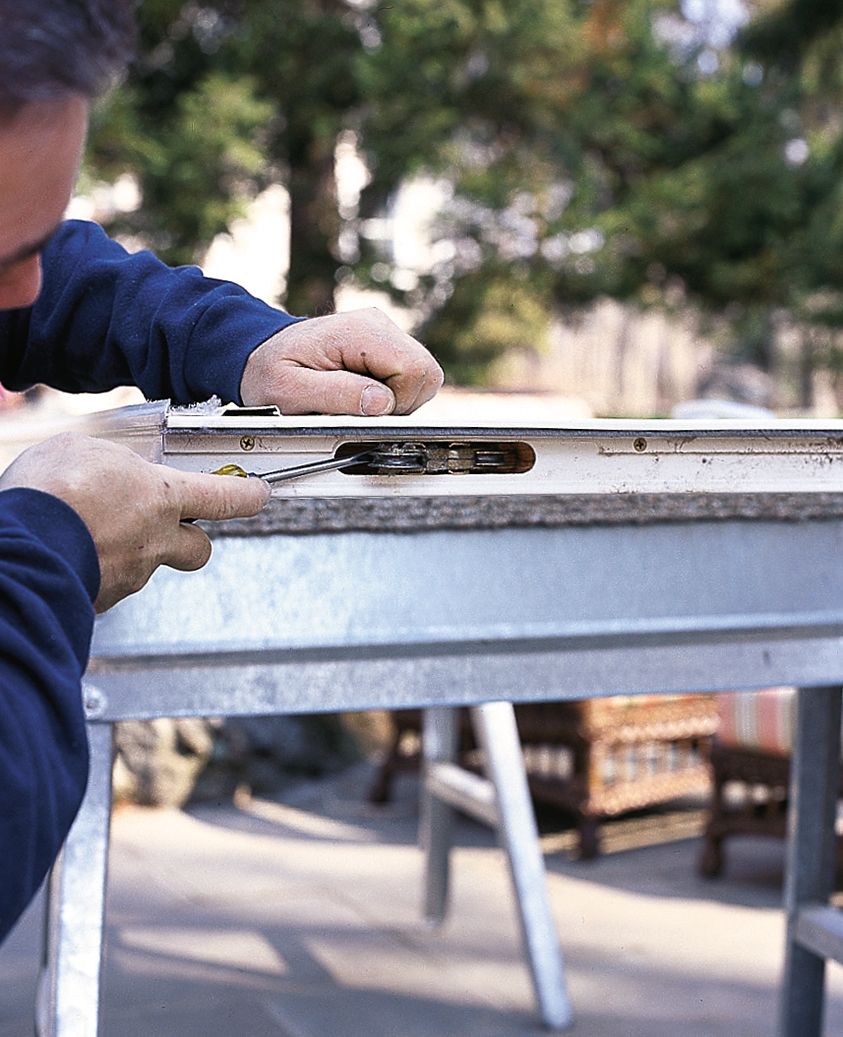
Start by vacuuming the bottom track to remove debris. Then, use a putty knife to scrape away any stubborn dirt or buildup. Wipe the track clean with a rag dampened with denatured alcohol. For the top track, use the same cleaning process, checking that all surfaces are free of grime and debris.
Lubricating Rollers and Wheels
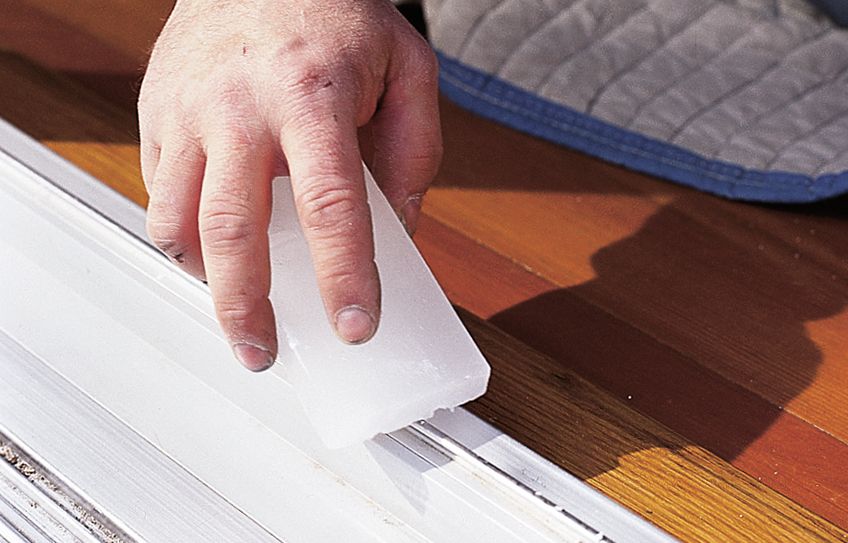
Inspect the rollers for damage and clean them thoroughly. Use a flathead screwdriver to pry each roller from its pocket at the bottom of the door. Clean the wheels with denatured alcohol and a rag. If the rollers are in good condition, lubricate them with silicone spray. For damaged rollers, replace them with new ones that match your door model.
Adjusting and Aligning Your Sliding Door
Proper adjustment and alignment make for a smooth door operation. We’ve put together the steps to make sure your sliding door is correctly positioned.
Roller Adjustment Techniques
After cleaning and lubricating or replacing the rollers, reinstall them in the door frame. Use a hammer and wood block to tap them into place, making sure the screws align with the access holes. Once seated, use a flathead screwdriver to adjust the rollers, raising or lowering the door as needed.
Realigning the Door Frame
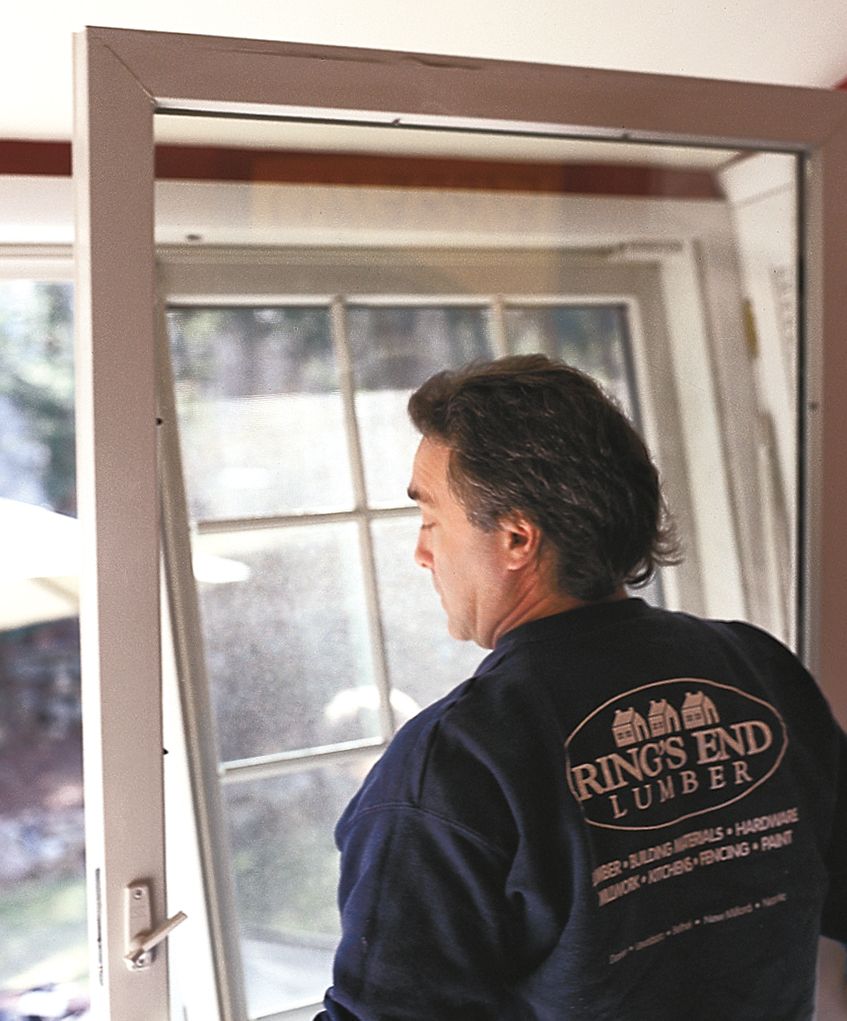
If your door frame is misaligned, you may need to adjust the entire frame. Loosen the screws and secure the frame to your house using shims to adjust the position. Make sure the frame is plumb and level before retightening the screws. This step may require professional assistance if significant adjustments are necessary.
Repairing or Replacing Damaged Parts
Sometimes, cleaning and adjusting aren’t enough to fix your door, so you’ll need to replace worn or damaged components.
Fixing Broken Rollers
If your rollers are bent, cracked, or no longer rotate smoothly, replace them with new ones. Make sure you purchase rollers that are compatible with your door model. To install the new rollers:
- Remove the old rollers as described above.
- Insert the new rollers into the pockets at the bottom of the door.
- Use a hammer and wood block to tap them gently into place.
- Adjust the roller height using the adjustment screws.
Replacing Worn Weatherstripping
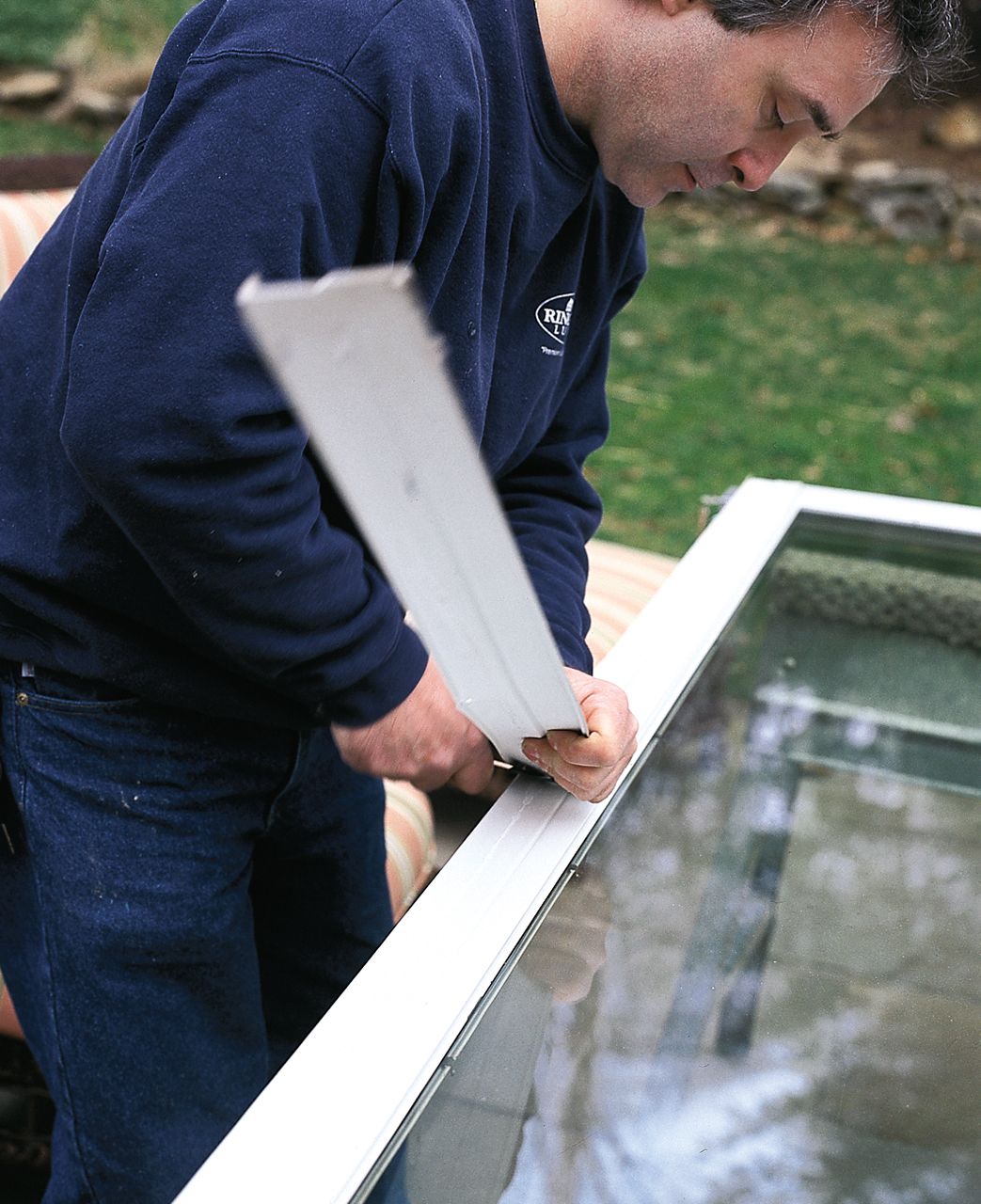
Damaged weatherstripping can lead to drafts and poor energy efficiency in your home. To replace it:
- Remove the old weatherstripping by prying it off with a putty knife.
- Clean the surface where the new weatherstripping will be applied.
- Cut the new weatherstripping to size and apply it according to the manufacturer’s instructions.
- Check for a tight seal along the entire length of the door.
Repairing the Screen Door
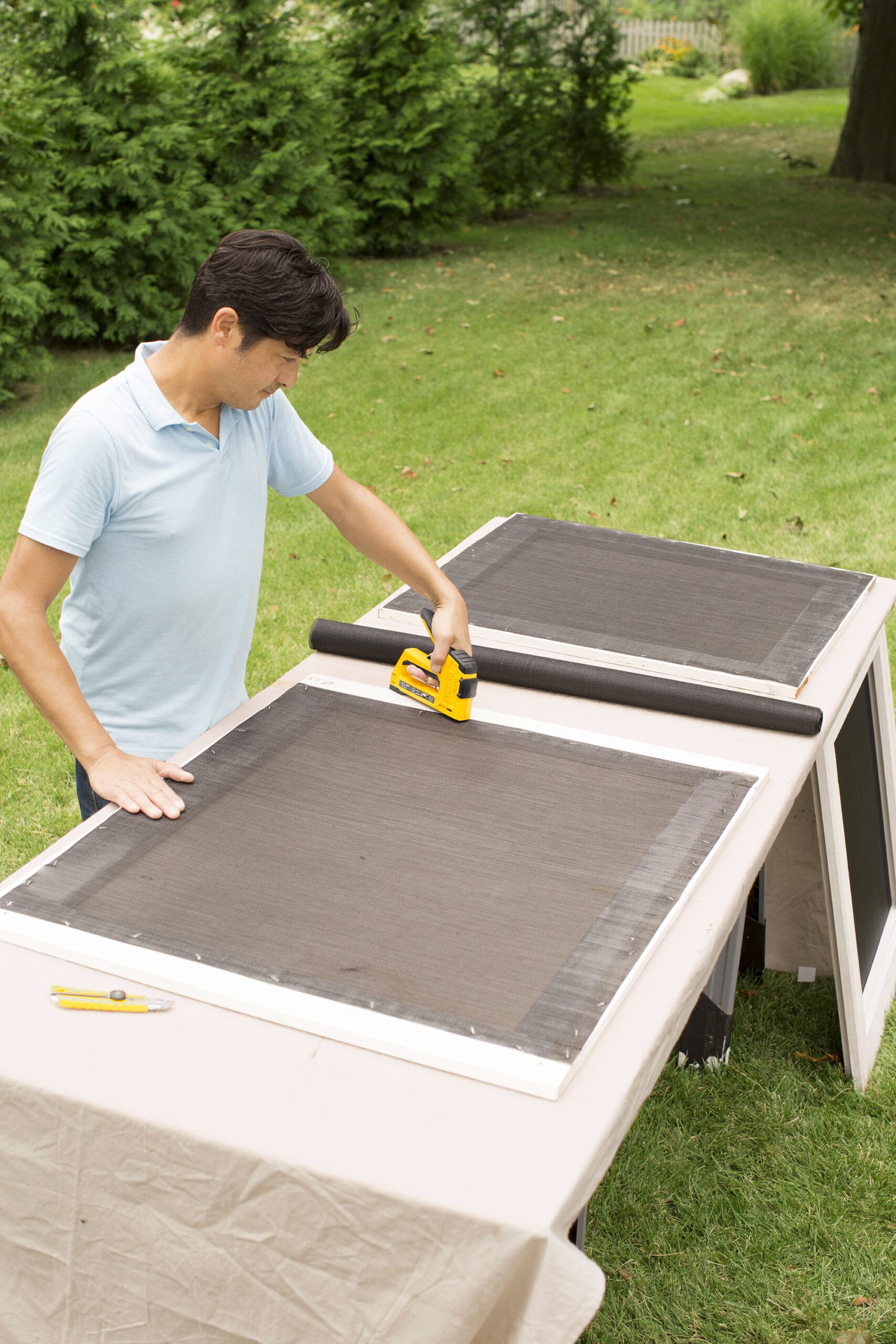
If your sliding screen door is sagging or has a damaged screen:
- Remove the screen door from its track.
- Lay it flat on a work surface, supporting the ends with blocks to create a slight bow in the frame.
- Remove the old screen material.
- Install new screen material, starting at one end and working your way across, checking it’s taut but not overstretched.
- Secure the screen with spline or staples, depending on your door’s design.
Reinstalling and Testing Your Sliding Door
After completing repairs, you can reinstall your sliding door and make sure it’s working properly.
Proper Installation Techniques
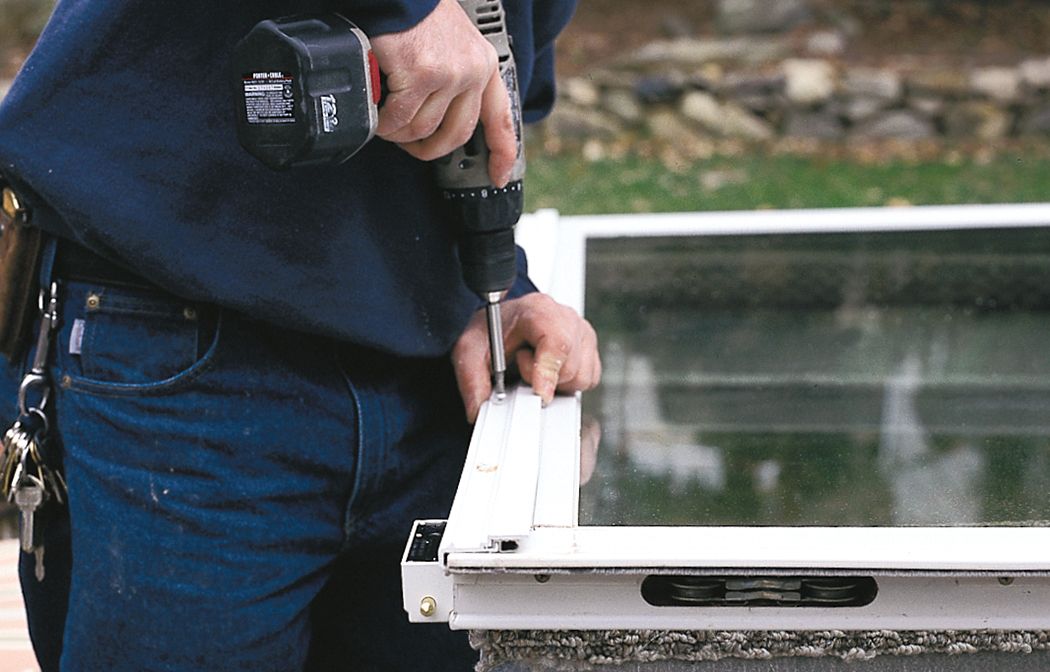
- Lift the door panel back onto the bottom track, tilting it to fit under the top track.
- Reattach the head stop if you removed it earlier.
- Adjust the rollers using the adjustment screws until the door is parallel to the jamb and slides smoothly.
- Check that the latch aligns properly with its receiver on the jamb, adjusting if necessary.
Fine-tuning Door Movement
Test the door by sliding it open and closed several times. Make any final adjustments to the rollers to provide smooth, effortless movement. The door should glide easily and close securely without any gaps.
Preventive Maintenance Tips for Sliding Doors
Regular maintenance can prevent many common sliding door issues and extend the life of your door. Clean the tracks monthly to prevent debris buildup, and lubricate rollers and tracks with silicone spray every six months.
Inspect weatherstripping annually, replacing it as needed. Tighten any loose screws in the door frame and handles, and adjust rollers periodically to maintain proper alignment and functionality.
Troubleshooting Persistent Sliding Door Issues
If you’ve followed our steps and noticed that your sliding door is still not functioning well, there may be an underlying issue that requires professional attention.
When to Call a Professional for Help
Contact a professional if the door frame is warped or damaged, if there are signs of water damage or rot in the surrounding area, or if the glass is cracked or sealed improperly. If you’re uncomfortable performing any repairs yourself, a professional can assess the situation and fix these more complex problems.
